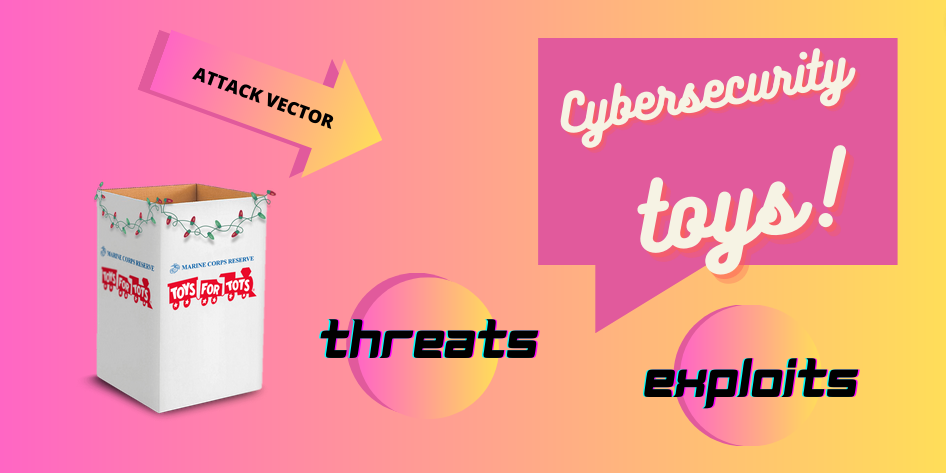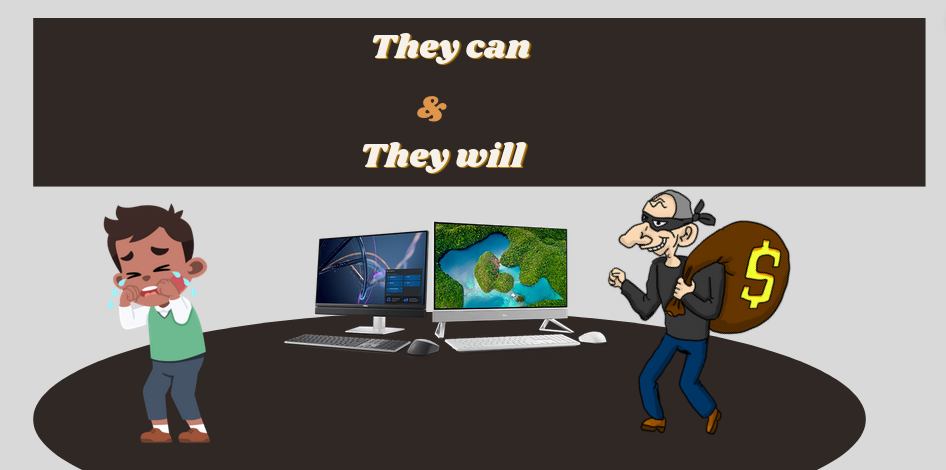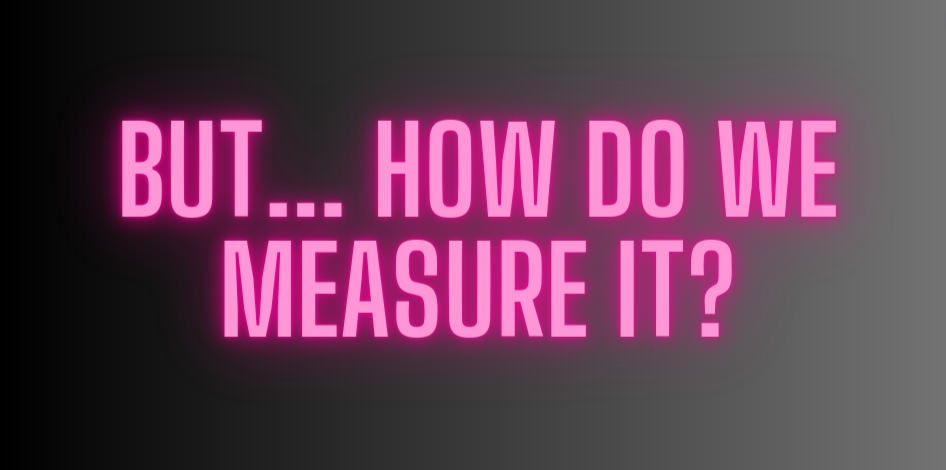Cybersecurity Toys. 90 % OFF

Introduction
In today’s world, where we spend a lot of time online playing games, watching videos, and chatting with friends, it’s important to understand some important ideas about staying safe on the internet. Let’s explore five key concepts: Threats, Exploits, Risks, Vulnerabilities, and Vector Attacks.
Let’s start looking at the toys we have on offer!
Threats: The Bad Stuff
Think of “threats” as the bad stuff that can happen online. Online threats are like rain for computers. They can be things like mean people trying to steal your information, viruses that make your computer sick.

Exploits: The Tricks
Exploits are like the tricks that bad people use to make the threats happen. It’s like a magician who does a trick to make you believe something that isn’t real. Online, these tricks can be like secret codes that make computer programs do things they shouldn’t. Exploits can help the bad people take advantage of weaknesses in computer systems.
Risks: The Chances
Risks are like the chances of something bad happening. Imagine you’re playing with your favorite toy, and you accidentally drop it. There’s a risk it might break. Online, when we do things like sharing personal information or clicking on strange links, we might be taking a risk. Understanding risks helps us make safer choices.
Vulnerabilities: Weak Spots
Vulnerabilities are like the weak spots in a castle’s wall. If a castle has a hole, enemies can get in. Computers and websites can have weak spots too. These weak spots can be mistakes in computer programs, like spelling errors in a book. Bad people try to find these mistakes to do their tricks and cause threats.
Attack Vectors: The Path
Imagine you have a treasure map that shows the way to your secret hideout. In the online world, a “attack vector” is like the path bad people use to get to your treasure (your personal information or computer). They use tricks and vulnerabilities to follow the map and reach their goal.

-
CVSS (Common Vulnerability Scoring System): This is like a tool grown-ups use to measure how bad a computer problem is. They give it a score, like in a game. The higher the score, the worse the problem is. It helps them figure out which problems to fix first.
-
CVE (Common Vulnerabilities and Exposures): Think of CVE like a list of computer problems that need fixing. Each problem gets a special code (like a name for a game character), and people can use these codes to talk about and fix computer issues.
Conclusion
So, to stay safe online, remember to be careful with what you share, like your personal information, and be cautious about clicking on strange things. Understanding threats, exploits, risks, vulnerabilities, and vector attacks can help you be a smart and safe internet explorer!
Have a nice day !